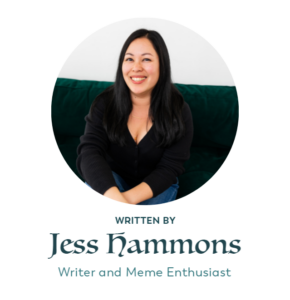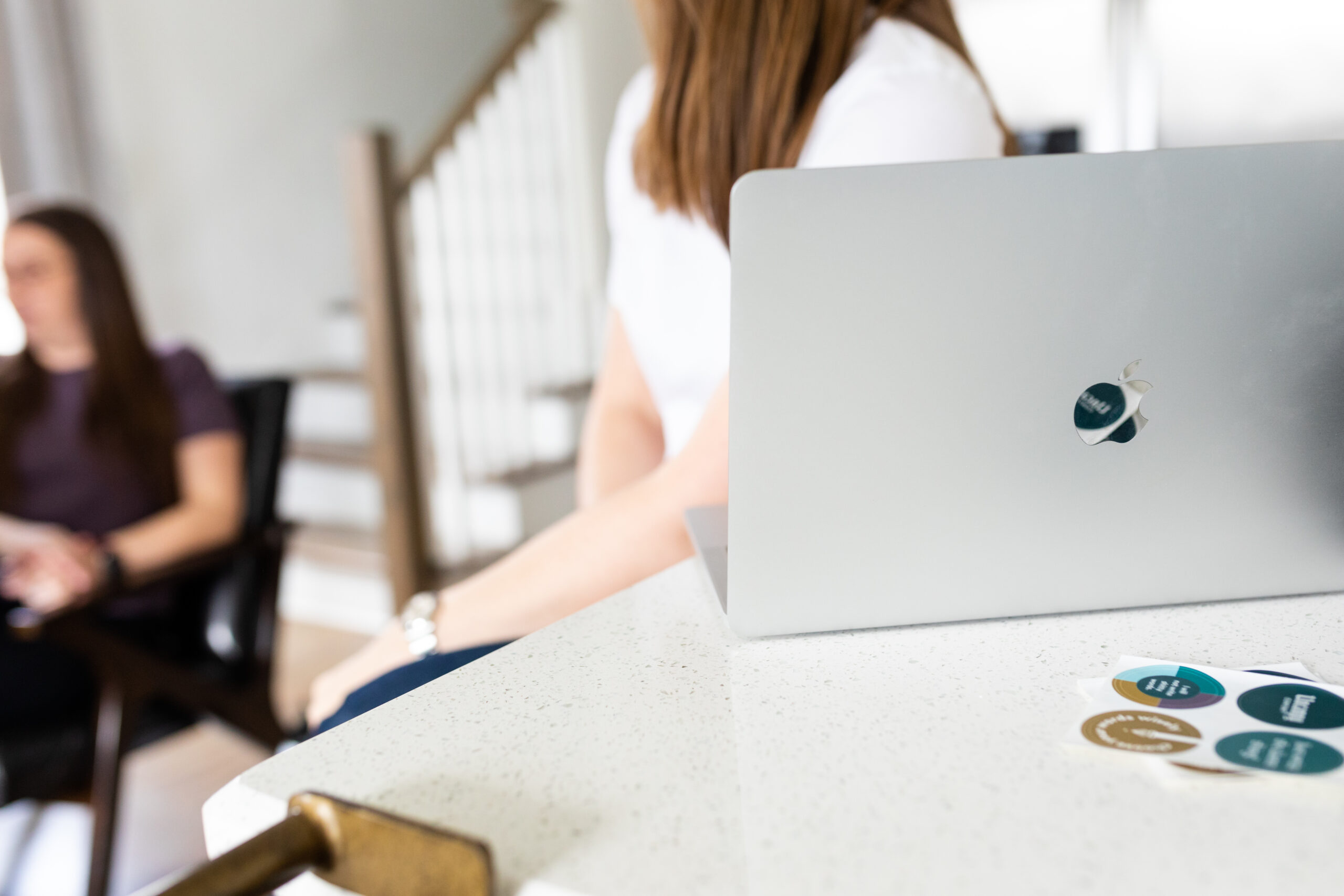You’re launching a new product or service, and you’re outlining the copy and content you need for the event. How do you know if you’ve got all the assets you need for a successful launch? Hint: If you’ve got “sales page” and “some emails” on your list and that’s it…you need to go back to the drawing board.
A successful launch requires much more content than that. Yes, you’ll need a great sales page and emails, but you’ll also need social posts, ads, and a kickoff event that starts your launch. We’ve broken down all the content you need for a successful launch into four stages below.
Content for your kickoff event
Before you actually launch your new offer, you’ll probably warm up your audience with some sort of event or promotion that ties into it. Selling to a cold audience is a big no-no, and it makes your job harder than it has to be.
So, if you’re launching a new group program, you might lead a free masterclass on a similar topic to warm up your audience and introduce your new offer at the end. Introducing a new service, package, or bundle? Host a free challenge to get people thinking about your biz and your offer.
To pull this event off without a hitch, you’ll need content for it. That’ll include:
- An outline or script for your event. Do you have a talk prepared for your webinar? How about slides, graphics, or handouts?
- Registration and confirmation pages. These don’t have to be lengthy, but they should include all the information your event attendees need to know.
- Promotional emails and social posts for the event. Get eyes on your kickoff event and encourage people to join! The exact number of emails and social posts depends on what you’re hosting and your audience, but include at least one teaser, one announcement, and one reminder each.
- Reminder emails for participants. Don’t just send each person a confirmation email and then go MIA. Remind them that they’ve registered and that their event is X days away at Y time so that they attend!
- Group posts and prompts. If you created an exclusive Facebook group or Slack channel for your kickoff event, have some posts and prompts ready to start conversations — and keep them going.
OK, with all this content, you’re set to host your promotional kickoff event. What’s next?
Post-event content
Once your event is over and your audience is warmed up, you’re ready to move attendees along your funnel and talk to them about your new offer.
You’ve already provided value in the form of your masterclass or webinar or challenge. Now, show them why they can get the results they want or solve a problem they have with your offer.
Your post-event promo content should include:
- Post-event sales emails for participants. The number of emails you send will vary, but we like to send an email that thanks people for attending and introduces the offer, an email that dives deeper into the offer (answering questions or talking about its creation), and an email that shares a bonus or incentive to buy the offer.
- Post-event retargeting ads for participants. For people who attended your kickoff event but haven’t bought your new offer yet, use retargeting ads to butter them up.
What about people who didn’t attend your kickoff event? You still want to sell your new offer to them, of course!
Promotional emails and social posts to the public
You’ll need emails and social posts hyping up your new offer to the rest of your public audience. There’s a lot of content in this phase, so buckle up and keep reading.
Launch emails to send
- A teaser email that builds hype a few weeks before your launch date.
- An announcement email that reveals your new offer about a week before your launch date.
- A launch day email that celebrates your new offer and lets readers buy it.
- A benefits email that talks about what people get from your new offer and why they should buy it.
- A transformation email that explains what’s possible with your new offer and includes testimonials or reviews if you’ve got ‘em.
- An FAQ email that answers questions and removes any objections your audience might have before they even have to ask.
- A reminder email for anyone who missed your previous emails (or is still on the fence about buying).
- A last-chance email that reminds them that your cart is closing soon, their discount is ending, or you’re running out of stock.
For more detailed explanations of what to include in each type of email, check out our blog post about launch emails.
What if you’re not hosting a kickoff event and just launching your new offer? You’ll still need the above emails and the social posts we’ll discuss in a minute, but you may want to add more of each. It’s up to you. Your pre-launch content depends on your offer and your biz.
Social posts and ads
How many social posts should you create for your launch? It depends on how often you’re already posting, but we recommend following a social strategy similar to your launch emails. Build hype, announce your offer, talk about it, and remind people to buy.
Your posting frequency should be about the same or maybe a little more when you’re in launch mode. Just don’t overdo it and post too often, because that feels desperate. Like, if you consistently post on Instagram twice a week, posting six out of seven days for your launch is a bit much.
As for retargeting ads, you’ll want a couple aimed at people who visit the sales page for your new offer but don’t buy. (And yes, a sales page is different from a landing page.)
Content for after cart close
OK, so your live launch has ended and your cart has closed. You’re done, right? Well, almost. But you still need to follow up.
Downsell emails and social posts
For those who didn’t buy your main offer, figure out what incentives or bonuses might get them to buy. Choose a discount, extra product, whatever — then promote the heck out of it.
Your downsell email sequence and social post strategy might look like this:
- Introduce special offer
- Explain why this offer can help
- Last chance to use their special offer
You can break the second email into multiple emails, but remember that you’re trying to win back someone who didn’t immediately buy your new offer. Too many emails may annoy them and push them away.
Content for no-purchase emails
For those who weren’t swayed by your special offer, it’s fine to send an email and ask them why. Maybe your offer is missing something they want, or something in your marketing efforts just didn’t sit well with them. Take their feedback and use it.
We hope this goes without saying, but please make sure you’re sending the right emails to the right segments of your audience. Don’t send this email to someone who did buy, or vice versa. That looks unprofessional and impersonal. Big yikes.
Hire a launch crew to help you out
As you can see, a successful launch requires more than a sales page and a prayer. You gotta plan your launch and the content needed to make it a hit wayyyyy in advance. You have to cover all your bases and make sure that everyone, from your event attendees to social media followers, to some rando on the internet, knows what you’re launching.
If you’re wondering whether your content pieces are out of order, overthinking your launch strategy, or realizing you need help, Uncanny Content has your back. Set up a call with us so we can start supporting your launch ASAP.

